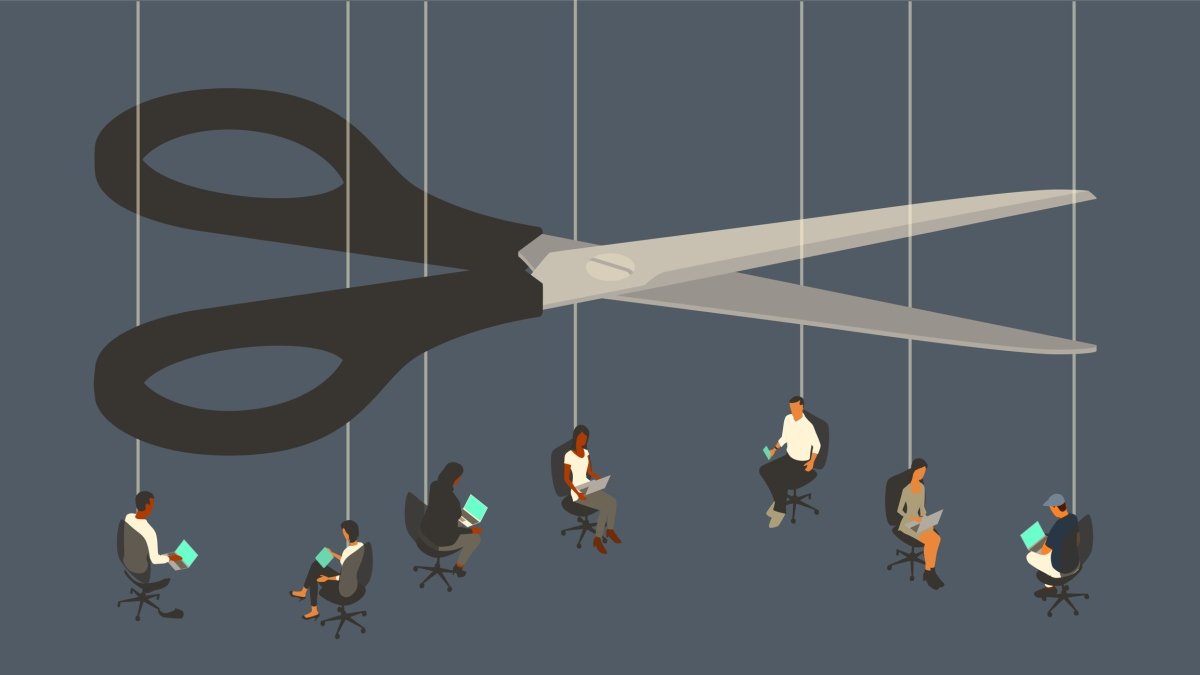Now that over 150,000 people have been laid off in the tech industry in just over two years, it’s clear that this crisis isn’t going to go away anytime soon. This number is unprecedented and shows just how deep the problem really is. If we’re not careful, more layoffs will continue to happen until there are hardly any jobs left for tech workers.
Meta, Amazon and Salesforce have all been very successful companies. They are now faced with layoffs due to the current economy, but it is still not clear how they will handle the situation. meta said that it will offer separation packages and Compete severance benefits to its employees, but no details were given about what those packages would include. Amazon said that it will continue to provide employee benefits at its current level through Jan. 3 and then
Although these layoffs may seem drastic, they are relatively common in the technology sector. Many companies are trying to streamline their operations in order to remain competitive.
Many employees who have been laid off during this round of layoffs feel anxious and uncertain about their future. Many are also grieving the loss of colleagues, many of whom they consider friends. The approach taken by management leaves many feeling terrified and resentful, while forcing others to bear the brunt of the cuts without any certainty about their own position in the company.
Given that CEOs typically are intent on pleasing shareholders and are less concerned about the well being of their employees, it is unsurprising that layoffs are often seen as a way to move companies closer to greater operating efficiency. By letting go of redundant or underperforming employees, companies hope to streamline operations and increase profits. While this approach can be harsh for those affected, in the short term it can lead to improvements in productivity and financial performance.
The argument that large American tech companies overhired in the recent tech boom is compelling given their profitability. However, these companies are also extremely wealthy and have market caps that have fallen from their height. Given those two factors it would be difficult to back up the claim that they need to adjust their employee numbers at this point.
The downside to layoffs, especially mass layoffs, is that they often come with high costs for employees. Workers who are laid off may end up taking pay cuts or losing their jobs altogether. These costs can be substantial, and they can dissuade companies from making any large-scale changes even if they think those changes would be advantageous. Corporate America has certainly been aggressive in cutting jobs in recent years, but it’s not always clear that these measures have yielded the desired results. For example, excessively drastic job cuts may lead to a loss of morale or innovation; moreover, many businesses now need a larger pool of workers than ever before in order to compete globaly
Investor response
Investors have historically been more lenient with companies that are forced to lay off employees, as long as the layoffs are targeted and effective. In recent months, however, some investors have grown increasingly critical of companies’ cost-cutting measures, particularly after reports surfaced of widespread employee layoffs at several tech giants. In general, companies that undergo large-scale layoffs tend to see their stock prices decline faster than those that do not; investors appear concerned that these measures will weaken the companys’ overall performance. As a result, it may be difficult for firms attempting to cut costs via








